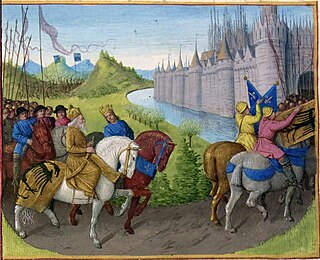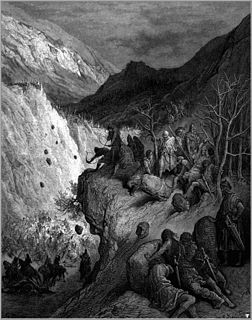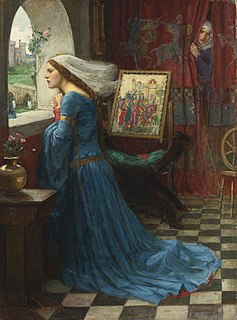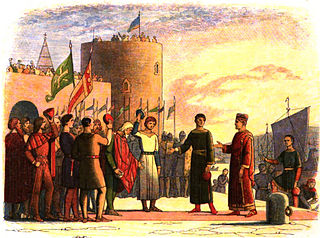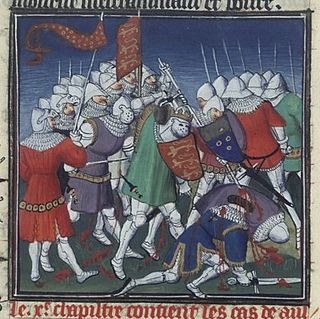Significant people
| | This section is empty. You can help by adding to it. (March 2016) |
== {{ucfirst:{{{1}}}}} == {{preprocess|{{((}}transcluding articles {{!}} {{#ifeq:{{{decade}}}|0|{{void|There is no AD year 0}}|{{Year article|{{{decade}}}0}}}} {{!}} {{for loop|{{!}}|call=Year article|pc1n=1|pc1v={{{decade}}}0|pv=2|1|2|3|4|5|6|7|8|9}} {{))}}}} {{#ifeq:{{{decade}}}|0|{{void|There is no AD year 0}}| {{Transclude {{{1}}}|{{{decade}}}0}} }} {{for loop| |call=Transclude {{{1}}}|{{{decade}}}1|{{{decade}}}2|{{{decade}}}3|{{{decade}}}4|{{{decade}}}5|{{{decade}}}6|{{{decade}}}7|{{{decade}}}8|{{{decade}}}9}} == {{ucfirst:{{{1}}}}} == {{preprocess|{{((}}transcluding articles {{!}} {{#ifeq:{{{decade}}}|0|{{void|There is no AD year 0}}|{{Year article|{{{decade}}}0}}}} {{!}} {{for loop|{{!}}|call=Year article|pc1n=1|pc1v={{{decade}}}0|pv=2|1|2|3|4|5|6|7|8|9}} {{))}}}} {{#ifeq:{{{decade}}}|0|{{void|There is no AD year 0}}| {{Transclude {{{1}}}|{{{decade}}}0}} }} {{for loop| |call=Transclude {{{1}}}|{{{decade}}}1|{{{decade}}}2|{{{decade}}}3|{{{decade}}}4|{{{decade}}}5|{{{decade}}}6|{{{decade}}}7|{{{decade}}}8|{{{decade}}}9}}
